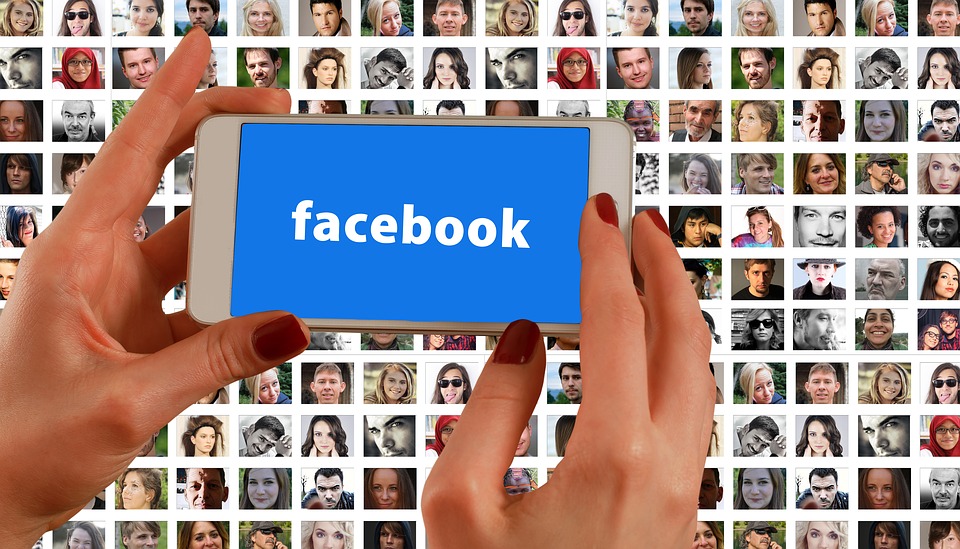As if there wasn’t enough to worry about when browsing online, what with trying to avoid malware and virus landmines via spam mail and infected websites, now social media is also a source of unwanted software. A report recently came out, detailing how ransomware can infect computers of Facebook or LinkedIn users once they open a new file that was forcibly downloaded into their units.
The malware was first reported by Check Point, an Israeli security firm. According to the report, social media sites are basically becoming mediums for unauthorized downloads of images that are full of malicious codes intended to take over the user’s computer.
Opening the file will allow the ransomware called “Locky” to infect the unit, which basically holds the computer hostage. In order for the users to get the key to use their computers again, they will need to pay about $365 in bitcoin form. At least, this is what the people responsible for the malware are demanding.
Ars Technica reports that the malware has been quite prominent during the past year, with many computers becoming infected due to Word documents and the usual spammy email messages. This development involving social media images, however, is an entirely new trend that provides dangerous precedence for other malicious individuals.
Check Point stresses that there has been a huge surge in infections caused by these malware-ridden images downloaded from Facebook and LinkedIn, largely coming from groups and campaigns. On that note, the security firm is being rather vague about how the infection itself works, claiming that they are waiting for the security flaw to be patched by the social media sites before releasing specifics.
Facebook is denying that this was even happening, according to an update posted by Engadget. A spokesperson from the social network claims that the analysis by Check Point was wrong and that the infected images are actually downloaded via bad Chrome extensions.



 Sam Altman Reportedly Explored Funding for Rocket Venture in Potential Challenge to SpaceX
Sam Altman Reportedly Explored Funding for Rocket Venture in Potential Challenge to SpaceX  Banks Consider $38 Billion Funding Boost for Oracle, Vantage, and OpenAI Expansion
Banks Consider $38 Billion Funding Boost for Oracle, Vantage, and OpenAI Expansion  AI-Guided Drones Transform Ukraine’s Battlefield Strategy
AI-Guided Drones Transform Ukraine’s Battlefield Strategy  Apple Leads Singles’ Day Smartphone Sales as iPhone 17 Demand Surges
Apple Leads Singles’ Day Smartphone Sales as iPhone 17 Demand Surges  Trump Administration to Secure Equity Stake in Pat Gelsinger’s XLight Startup
Trump Administration to Secure Equity Stake in Pat Gelsinger’s XLight Startup  Quantum Systems Projects Revenue Surge as It Eyes IPO or Private Sale
Quantum Systems Projects Revenue Surge as It Eyes IPO or Private Sale  Microchip Technology Boosts Q3 Outlook on Strong Bookings Momentum
Microchip Technology Boosts Q3 Outlook on Strong Bookings Momentum  Anthropic Reportedly Taps Wilson Sonsini as It Prepares for a Potential 2026 IPO
Anthropic Reportedly Taps Wilson Sonsini as It Prepares for a Potential 2026 IPO  Baidu Cuts Jobs as AI Competition and Ad Revenue Slump Intensify
Baidu Cuts Jobs as AI Competition and Ad Revenue Slump Intensify  Nexperia Urges China Division to Resume Chip Production as Supply Risks Mount
Nexperia Urges China Division to Resume Chip Production as Supply Risks Mount  Apple Alerts EU Regulators That Apple Ads and Maps Meet DMA Gatekeeper Thresholds
Apple Alerts EU Regulators That Apple Ads and Maps Meet DMA Gatekeeper Thresholds  Australia Moves Forward With Teen Social Media Ban as Platforms Begin Lockouts
Australia Moves Forward With Teen Social Media Ban as Platforms Begin Lockouts  Intel Boosts Malaysia Operations with Additional RM860 Million Investment
Intel Boosts Malaysia Operations with Additional RM860 Million Investment  Amazon and Google Launch New Multicloud Networking Service to Boost High-Speed Cloud Connectivity
Amazon and Google Launch New Multicloud Networking Service to Boost High-Speed Cloud Connectivity  TSMC Accuses Former Executive of Leaking Trade Secrets as Taiwan Prosecutors Launch Investigation
TSMC Accuses Former Executive of Leaking Trade Secrets as Taiwan Prosecutors Launch Investigation  OpenAI Moves to Acquire Neptune as It Expands AI Training Capabilities
OpenAI Moves to Acquire Neptune as It Expands AI Training Capabilities  Samsung Launches Galaxy Z TriFold to Elevate Its Position in the Foldable Smartphone Market
Samsung Launches Galaxy Z TriFold to Elevate Its Position in the Foldable Smartphone Market 































